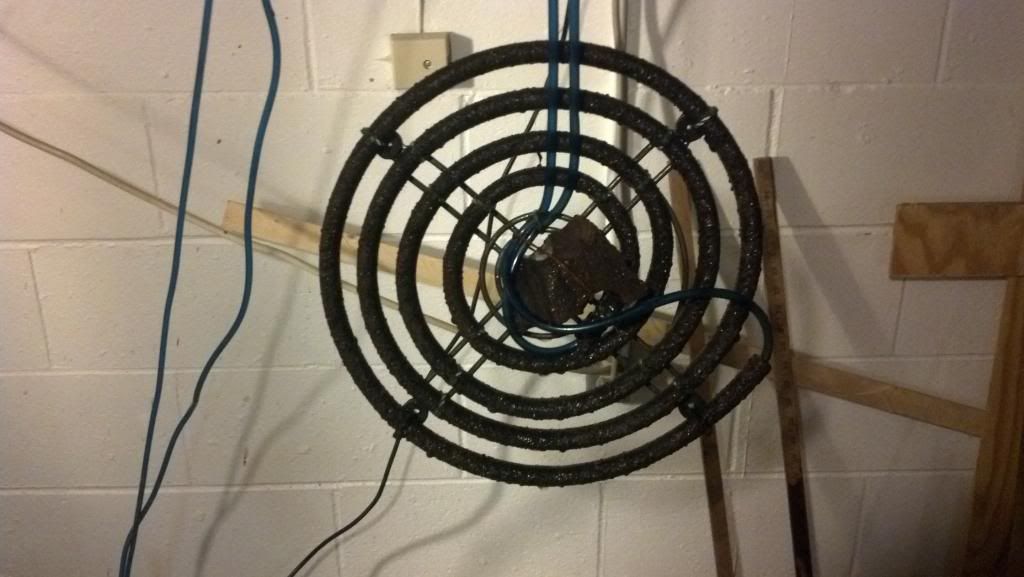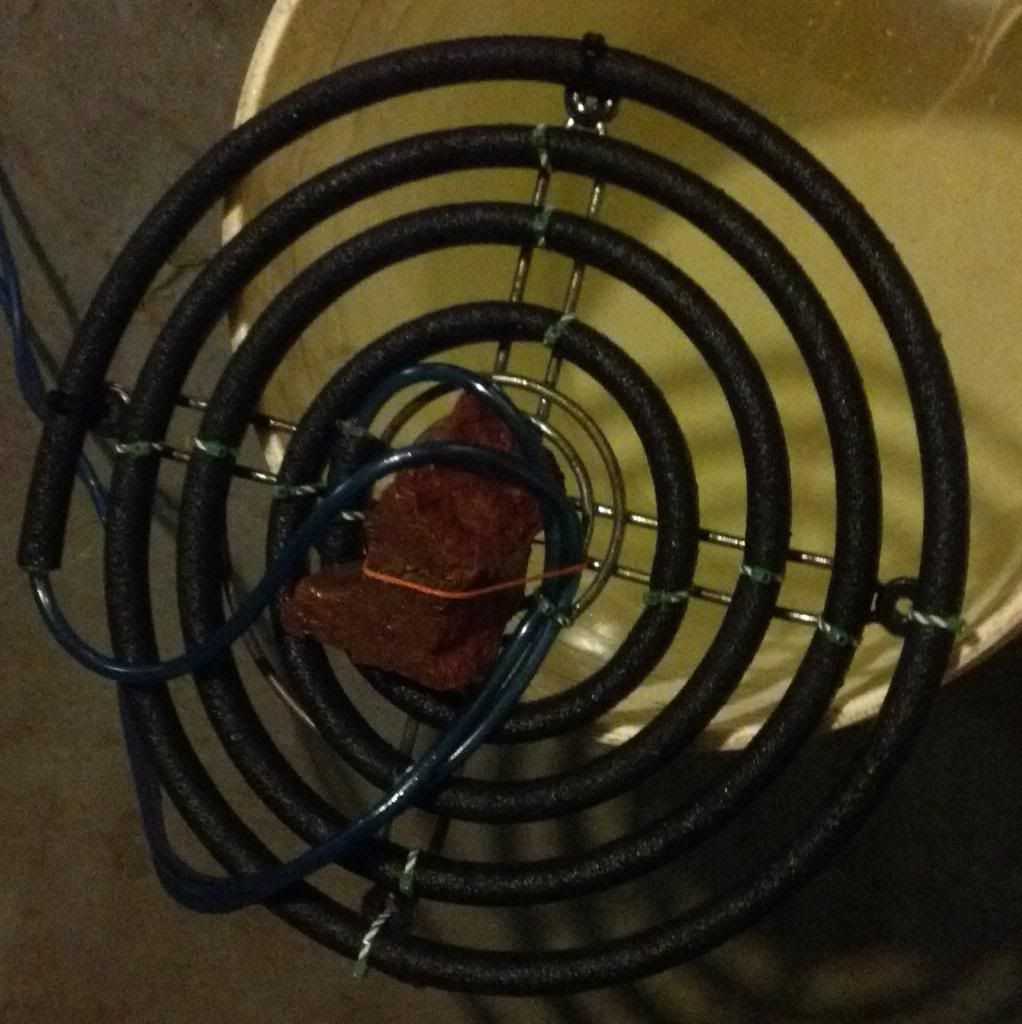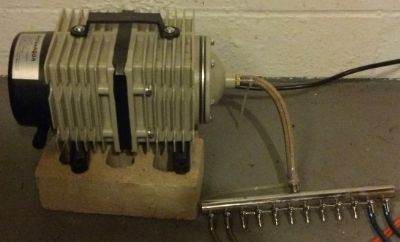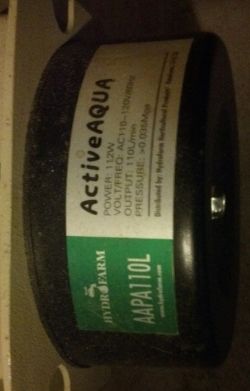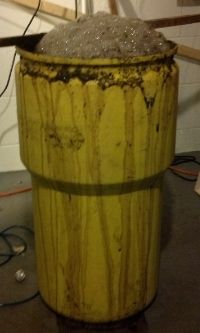C
CT Guy
Hey my first post!Going on my 4th run now using pure organic AACT/guano teas. I am getting phenomenal results in every department thanks to CT, MicrobeMan, BurnOne and many others. My patients thank all of you too.
Can anyone tell me if this microscope will let me "see" my tea?
http://lansing.craigslist.org/ele/3834697727.html
I don't understand all the lens jargon on there.

Best thing to do is take a sample with you and take a look. Depending on the quality of the objectives it may get the job done for you just fine. If you do get it, I would invest in some new objectives anyway, because you'll never use the 100X, and the 4X and 10X are not great for ACT. I have a 10X, 20X and 40X and spend most of my time at 20X (assuming a standard 10X eyepiece for a total of 200X magnification).

